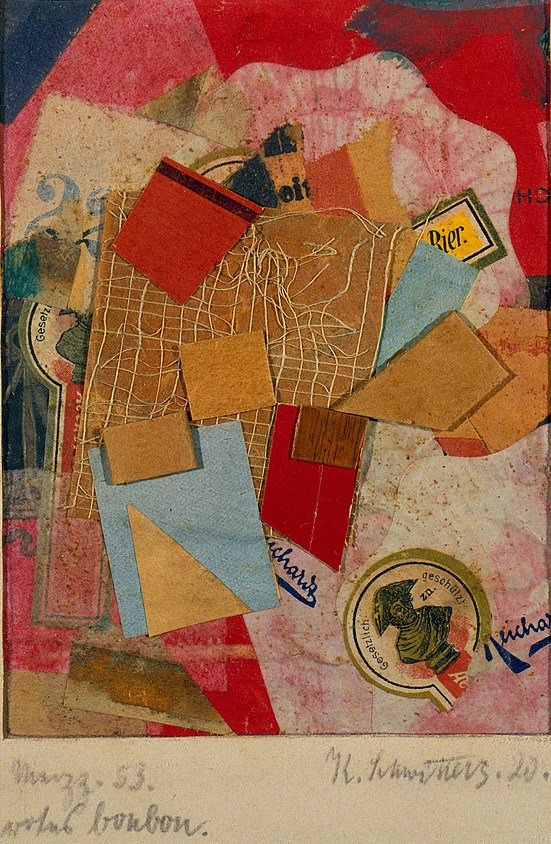PYGMY-BECOMING: AND THE LITERATURE INVENTS THE SMALLEST WOMAN IN THE WORLD
DOI:
https://doi.org/10.48075/rlhm.v10i16.10696Keywords:
Clarice Lispector, Inumano, Literatura menor, Fabulação, PrimitivismoAbstract
Of so much digging a groove for a people within another, of so much play with the toy boxes, literature of becoming reaches maximum power of fable miniaturization. It is with a woman Pygmy “find” whose "actual size" corresponds to your picture in the newspaper pages that Clarice Lispector invents "the smallest woman in the world". The announcement of the untimely appearance of this modern Luci installs immediately into the narrative a sounding board that opposes the discourse of family and city order to the point of view of a tree in the rainforest. The anomalous and delusional smallness of a minor people (DELEUZE) bursts of majority in the empire of facts and representations of the People. And it produces the counternew of a disappearance in continuum, which repeats the Escher mechanism in the engraving series “Smaller and smaller”. As the legend of the Matryoshka doll, the little black woman carries in the pregnant womb a people disappearing, a people that lack to literature. The technical singularity of "Little Flower" image exposes the political anomaly of a people who radicalize in the body the representation of his minority as a pure fable resistance gesture. With the "strange grace" Pygmy, the literature awakens her cannibalistic hunger of a primitivism that has nothing to do with precedence and delay, but with minoration in depth.
Downloads
Additional Files
Published
How to Cite
Issue
Section
License
Aviso de Direito Autoral Creative Commons
Política para Periódicos de Acesso Livre
Autores que publicam nesta revista concordam com os seguintes termos:
1. Autores mantém os direitos autorais e concedem à revista o direito de primeira publicação, com o trabalho simultaneamente licenciado sob a Licença Creative Commons Attribution que permite o compartilhamento do trabalho com reconhecimento da autoria e publicação inicial nesta revista.2. Autores têm autorização para assumir contratos adicionais separadamente, para distribuição não-exclusiva da versão do trabalho publicada nesta revista (ex.: publicar em repositório institucional ou como capítulo de livro), com reconhecimento de autoria e publicação inicial nesta revista.
3. Autores têm permissão e são estimulados a publicar e distribuir seu trabalho online (ex.: em repositórios institucionais ou na sua página pessoal) a qualquer ponto antes ou durante o processo editorial, já que isso pode gerar alterações produtivas, bem como aumentar o impacto e a citação do trabalho publicado (Veja O Efeito do Acesso Livre).
Licença Creative Commons
Esta obra está licenciada com uma Licença Creative Commons Atribuição-NãoComercial-CompartilhaIgual 4.0 Internacional, o que permite compartilhar, copiar, distribuir, exibir, reproduzir, a totalidade ou partes desde que não tenha objetivo comercial e sejam citados os autores e a fonte.


